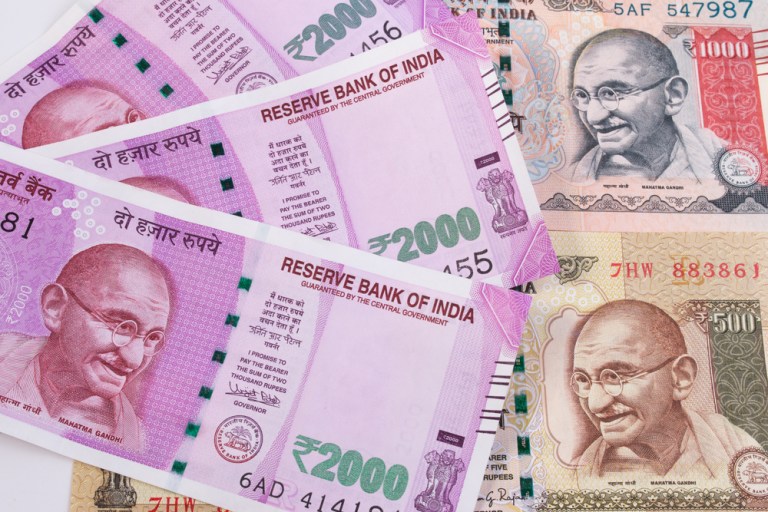In India, Has Demonetization Been Defeated?

When you want to know something: Follow the money.
In India, then, to find out how well, or not so well, demonetization efforts are playing out, follow the money.
News comes this week, per India’s central bank, that cash still is king — more than ever. In fact, the value of cash grew 37.7 percent during a period that was supposed to reduce reliance on paper notes. That measure extends to March 2018 and covers the preceding 12 months, so might the true tally have swelled even through the last few months?
The demonetization effort traces its genesis to 2016, when Prime Minister Narendra Modi put forth policy that took the largest banknotes in circulation out of the system — 500 rupee and 1,000 rupee bills. The aim was to root out corruption and tax evasion and get some tax revenue in government coffers, as those with stashes of the biggest notes would have to pay up. With 86 percent of the currency circulating at the time tied to those larger denominations, the impact was significant.
The central bank this month said that it had gotten roughly 99.3 percent of those devalued notes back, which means that people gave up those notes in quick order.
Fortune offered up a summation in the words of Ashutosh Datar, an economist based in India who told AFP that “the report shows that demonetization has failed in its primary objective.” There seems to be some consensus that growth in gross domestic product may have suffered in the wake of the government’s efforts, though there is no official tally as of yet.
Quartz noted this week that the impact may have been an outsized one when it comes to the poor, as they lived (and still live) far from banks and could not trade in the bills within the stipulated timeframe. Limited access to technology also means that these citizens would not have been able to embrace the digital payments that had been touted as a proper replacement.
The corrupt money that had been in Modi’s sights may have found other conduits, finding purchase (our pun is intended) through land deals and luxury goods, tied into what are known as “benami” deals, where property changes hands and is done so off the books.
Digital transactions have not kept pace, The Hindu BusinessLine reported Thursday (Aug. 30). According to a USAID-Intellecap study, as of February 2017 (where the availability of cash itself via notes had gained traction) the levels of digital transactions had decreased “significantly,” compared to just one month after demonetization began. How significantly? Try a decrease of 20 percent.
“None of the original objectives have been met. Some of the other objectives laid out [about] fighting terrorism and corruption — even that has clearly not been met,” said Jayati Ghosh, economics professor at New Delhi’s Jawaharlal Nehru University. “Instead, what it did was give a body blow to informal economic activity and I don’t think that the country has still fully recovered from it.”